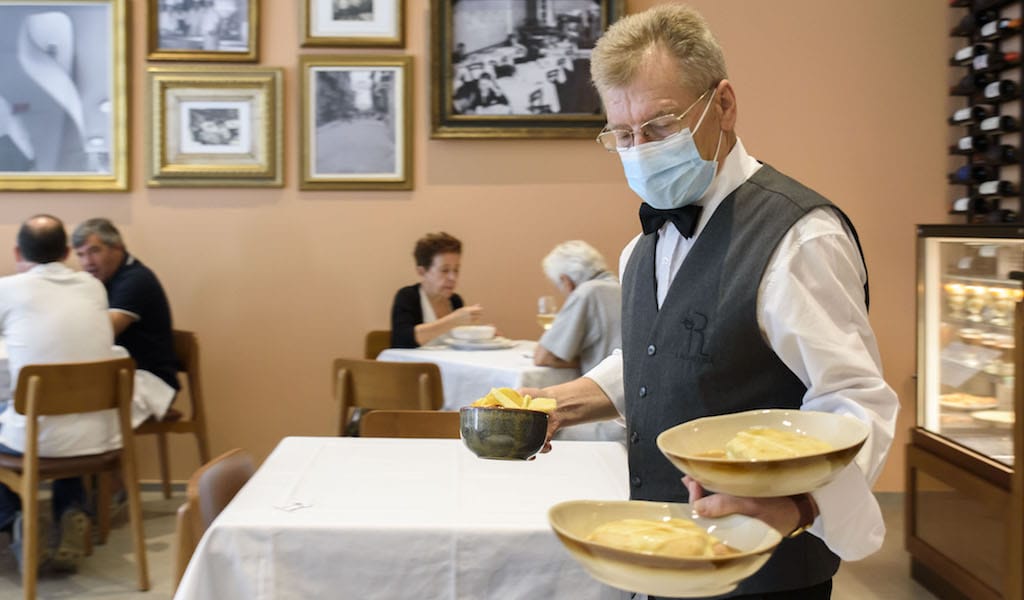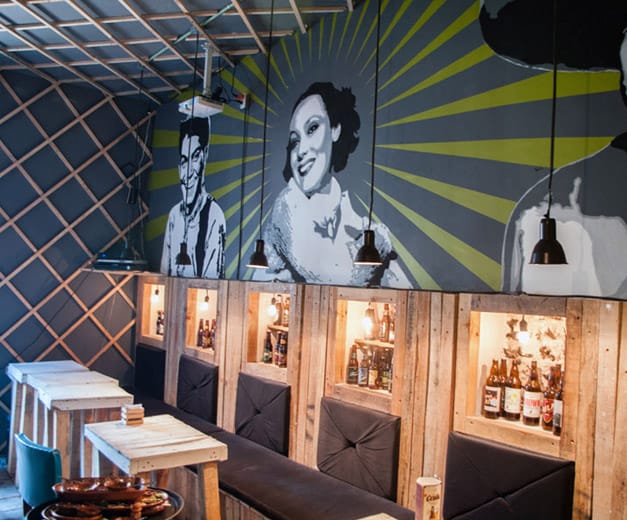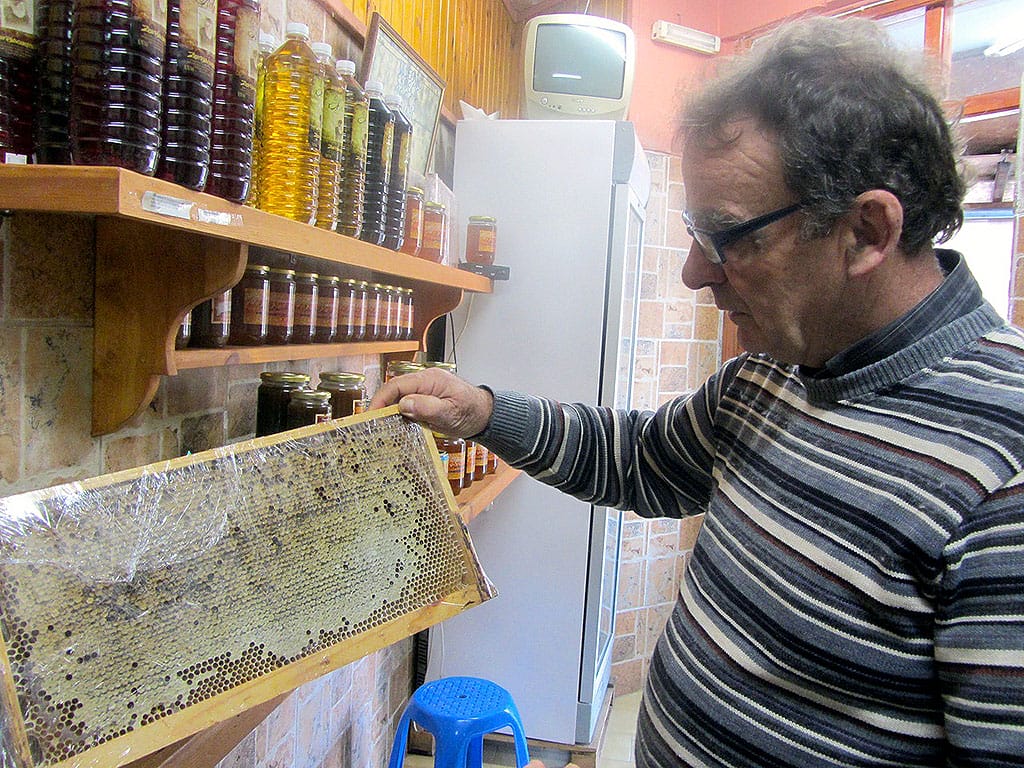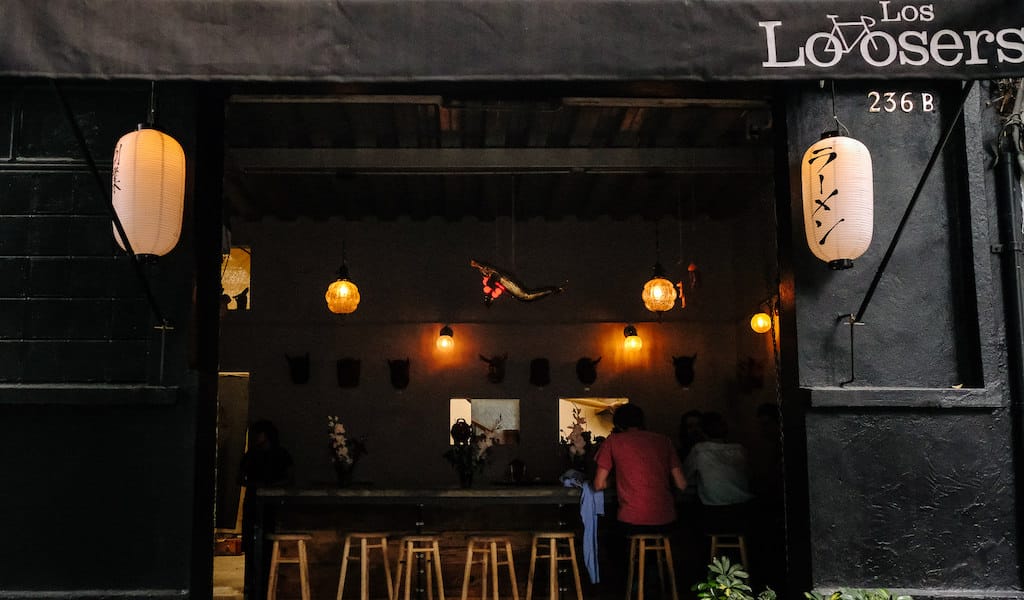“Bom filho à casa torna,” we like to say in Portuguese, a maxim that translates to “a good son comes home.” Can the saying be applied to a sandwich? In Porto, we would argue, the answer is yes, especially now that A Regaleira, the birthplace of the francesinha – Porto’s signature dish – is open again after being closed for three years.
Even former A Regaleira regulars passing by the reopened restaurant might miss the fact that it has moved a few doors down from its original location. We could have sworn that the restaurant was in the same spot since 1934, but the original A Regaleira was forced to close in 2018 when the building housing it was sold. Now, a new address of a few meters down the block and a more modern interior are the only noticeable changes at this revived Porto institution. Along with some restored and nostalgic furnishings, the most important elements continue on: the employees, the service and, of course, the francesinha recipe.
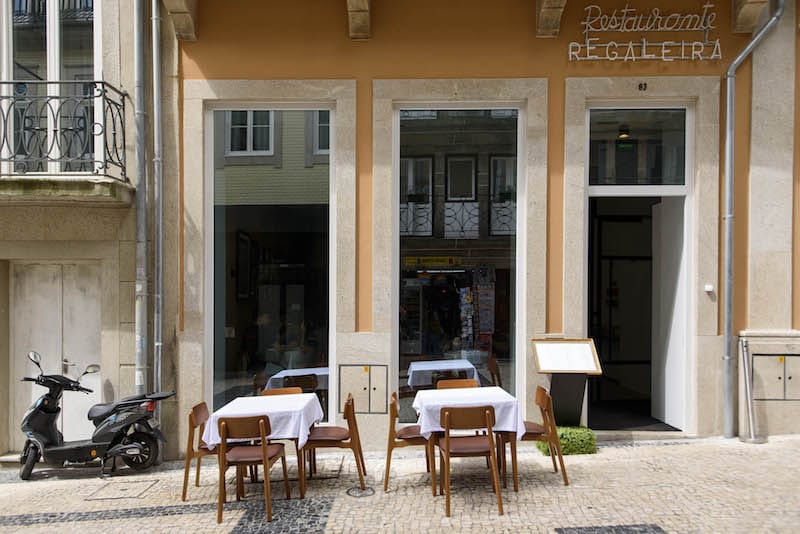
But before the francesinha, António Passos, the grandfather of current owner Francisco Passos, was serving the most typical and traditional 1930s Portuguese cuisine. “Always focused on northern ingredients,” Francisco assures us. In the 40s, A Regaleira put aside class differences (and the restaurant’s exclusive room for “high-society” customers) and opened its space to working Tripeiros (as Porto locals are known) – including the counter, where lighter meals could be had. These snacks and items like roast beef sandwiches were added to the menu as a quick way to feed those who worked in the area and had little time for lunch.
When talking about light meals, we would normally not be talking about the francesinha. But the truth is, it was born with just that in mind. Francisco recounts the story of its creation: The year is 1950. On a trip to France, Grandfather Passos meets the Portuguese man Daniel David da Silva, “an exceptional bartender at a hotel,” and invites him to come back to Portugal to work behind the counter at A Regaleira. Silva spent his time crafting a dish that “combined the croque madame and croque monsieur with our meats.” The goal was for it to be a light meal or even an after-dinner snack. Eventually, he created a francesinha prototype, letting regular customers have a taste and making changes along the way until solidifying the recipe in 1952.
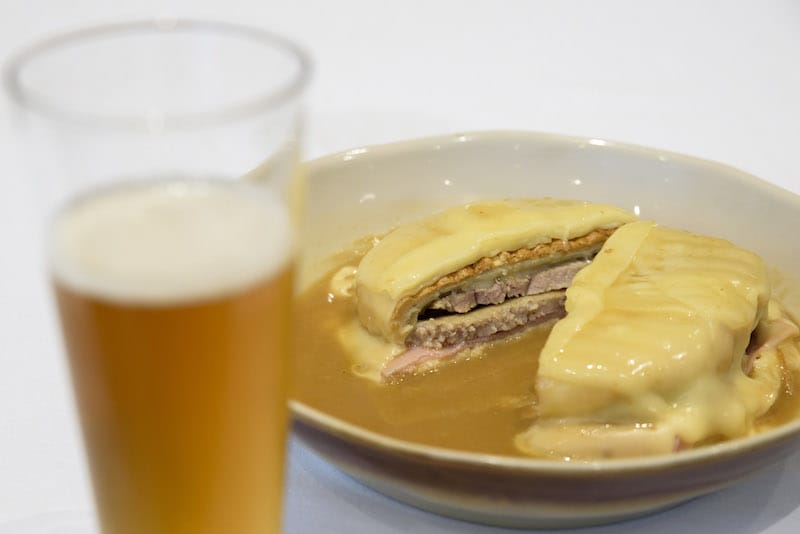
Almost 70 years later, and A Regaleira is serving up the 1952 francesinha, as it has always done. Sandwiched between two slices of biju bread are various cheeses and meats. These include a thin slice of roasted pork leg, ham and fresh sausage like chipolata and linguiça (a smoked pork sausage with garlic and paprika), which A Regaleira still purchases from Porto’s Bolhão Market. The sandwich is then smothered in melted cheese and its one secret: the sauce.
“The sauce is its own story, and it differs from house to house,” Francisco says, but A Regaleira’s saucy secret will never be shared, he swears. “Not even the gods should know the secret of the Regaleira sauce,” he says. Silva concocted a hot sauce to douse over the dish, and allegedly named it in honor of French women who, at the time, he found “spicier” than Portuguese ladies (who were rather conventional in their way of dress). So, the “francesinha” or “little Frenchie,” came to be.
“It was obvious that, having this legacy, we would never sit back and watch it fade away.”
These days, more contemporary versions of the melted cheese draped sandwich exist, but Francisco insists certain iterations of the francesinha just won’t cut it at A Regaleira: “No vegetarian one, not with chicken, nor with cod – nor will we ever have them,” Francisco guarantees.
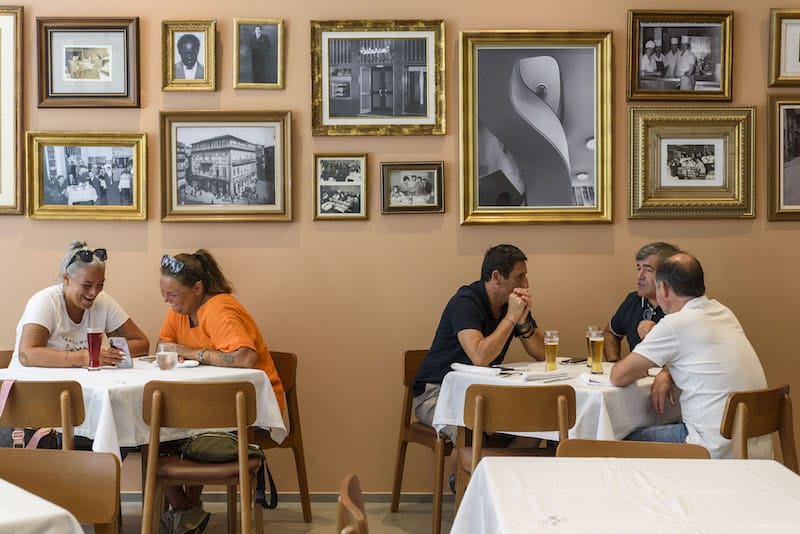
At A Regaleira, the staff are just as much of an institution as the famous francesinha. Waiters Toni and Mota, “are like family,” Francisco tells us. “They are Regaleira.” Toni has been at the restaurant since 1979, and Mota since 1995, and Francisco runs the restaurant with his brother. “As long as possible, everything will remain like this. Keeping our employees, and the business within this family,” Francisco says hopefully. We know the recipe of the francesinha sauce is included in that.
The restaurant’s former chef, well versed in Porto’s gastronomic delights and who learned the francesinha recipe from Silva himself, taught the current team. “Everything is done exactly as it used to be done,” Francisco says. Generations pass, and the most important things are passed down. That’s why the two brothers were determined to reopen A Regaleira after it was pushed out of its original building. The Covid-19 virus got in the way of their plans, but they managed to wait out the worst of it and reopen in July 2021 – though still amidst the pandemic, and in a moment when so many other restaurants were shuttering.
Having the opportunity to continue serving the world’s original francesinha “is something that makes me very proud and very happy,” Francisco confides. For the founder’s grandson, “it was obvious that, having this legacy, we would never sit back and watch it fade away.” Three years closed “was too much,” Francisco says. “Opening up when we did was not a long shot, but a very calculated risk. It had to be done. And it was good to open, so that people could have a place where they could eat a francesinha with [attentive] service and a cloth napkin – something more comfortable and without the rush of table turnover.”
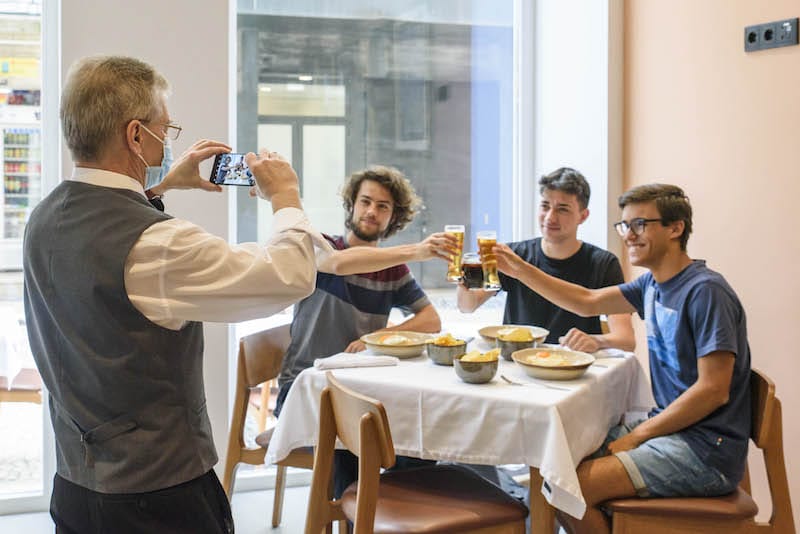
A Regaleira has a second room for seating that Francisco hasn’t been able to justify opening just yet. “We can’t put all the cards on the table, because we don’t know what the future will bring,” he says. The only thing they know is that Porto “is an absolutely incredible city with absolutely incredible people,” who have returned to the restaurant with gusto.
“This is a restaurant not only with a lot of history, but with a legacy. It is very important that we maintain this, not only for our name, but for what we have to offer the city. This is our ultimate principle,” concludes the voice of Regeleira’s third generation.
 December 19, 2013 Best Bites of 2013
December 19, 2013 Best Bites of 2013
Editor’s note: This post is the fourth installment of “Best Bites of 2013,” a roundup of […] Posted in Mexico City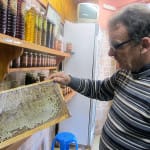 December 4, 2015 Building Blocks
December 4, 2015 Building Blocks
Editor's note: Our recurring feature, Building Blocks, focuses on foods and ingredients […] Posted in Athens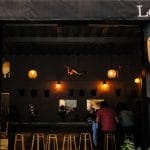 July 27, 2018 Los Loosers
July 27, 2018 Los Loosers
It wasn’t very long ago that finding a vegan restaurant in Mexico City was like finding […] Posted in Mexico City
Cláudia BrandãoRicardo Castelo
Published on September 15, 2021
Related stories
December 19, 2013
Mexico CityEditor’s note: This post is the fourth installment of “Best Bites of 2013,” a roundup of our top culinary experiences over the last year. Stay tuned for “Best Bites” from all of the cities Culinary Backstreets covers. Hilaria Gastrobar We visited this restaurant on revitalized Madero Street downtown just a few months after it opened,…
December 4, 2015
AthensEditor's note: Our recurring feature, Building Blocks, focuses on foods and ingredients that are fundamental to the cuisines we write about. This may come as a surprise, but little Greece is Europe’s fourth most important honey producer after Spain, Germany and Hungary. Every year, between 12,000 and 17,000 tons of this liquid gold are stolen…
July 27, 2018
Mexico City | By Susannah Rigg
Mexico CityIt wasn’t very long ago that finding a vegan restaurant in Mexico City was like finding a friend on the city’s overcrowded metro during rush hour (read: impossible). In fact, until this decade there were no exclusively vegan eateries in Mexico’s bustling capital. This is not to suggest that vegan options weren’t available, but exploring…







































